Search the Special Collections and Archives Portal
Search Results

Nanyu Tomiyasu interview, March 11, 1978: transcript
Date
Archival Collection
Description
On March 11, 1978, Sosuke Miyazawa interviewed Nanyu Tomiyasu (b. May 28, 1918 in Las Vegas, Nevada) about his family’s farm and their legacy as one of the pioneering families of the city. Tomiyasu begins by talking about what brought his family to Las Vegas, the city’s abundant water reservoir and his father’s farm. In particular, Tomiyasu discusses his father’s experiments with farming as one of the city’s early farmers, the transition into nursery farming and Japanese gardens. Moreover, he discusses his siblings, the local schools, their great quality, the successful students the city produced and the growth of school populations. Tomiyasu describes the large Japanese population and the Union Pacific Railroad that many of them worked on. He ends by discussing the change in architecture within the city, such as where old buildings stood and what they are used for now, the first Episcopal Church and the old Mormon Fort.
Text

Photograph of a house built by William C. Browne featuring the first indoor bathroom in Pioche, (Nev.), 1900-1925
Date
Archival Collection
Description
Image
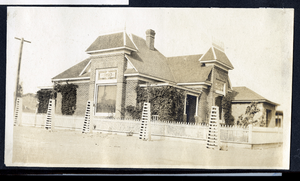
Photograph of a brick house, Goldfield (Nev.), 1900-1920
Date
Archival Collection
Description
Image
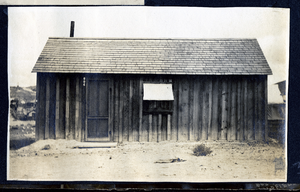
Photograph of housing in Goldfield, Goldfield (Nev.), 1900-1920
Date
Archival Collection
Description
Image
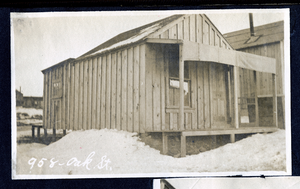
Photograph of a house at 958 Oak Street, Goldfield (Nev.), 1900-1920
Date
Archival Collection
Description
Image
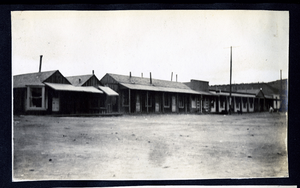
Photograph of a street scene in Goldfield, Goldfield (Nev.), 1900-1920
Date
Archival Collection
Description
Image
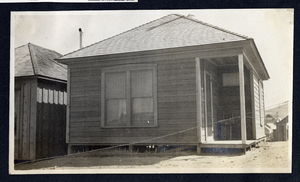
Photograph of a miner's cottage in Goldfield, Goldfield (Nev.), 1900-1920
Date
Archival Collection
Description
Image
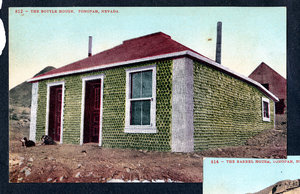
Postcard of a house made of glass bottles, Tonopah, (Nev.), 1900-1920
Date
Archival Collection
Description
Site Name: Peck's Bottle House (Tonopah, Nev.)
Image
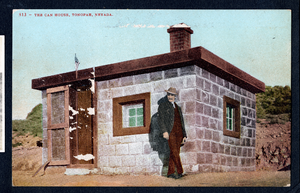
Postcard of a man standing in front of house made of metal cans, Tonopah, (Nev.), 19000-1920
Date
Archival Collection
Description
Image
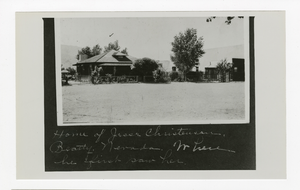
Photograph of Jesse Christensen home, Bullfrog Hills (Nev.), early 1900s
Date
Archival Collection
Description
Caption: Home of Jesse Christensen. Beatty, Nevada, where he first saw her.
Image
